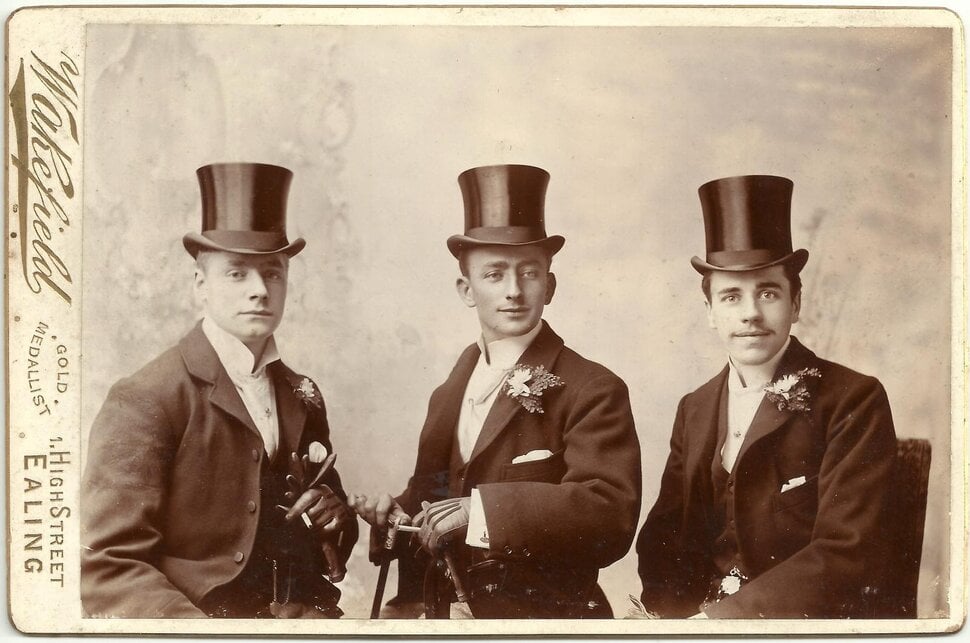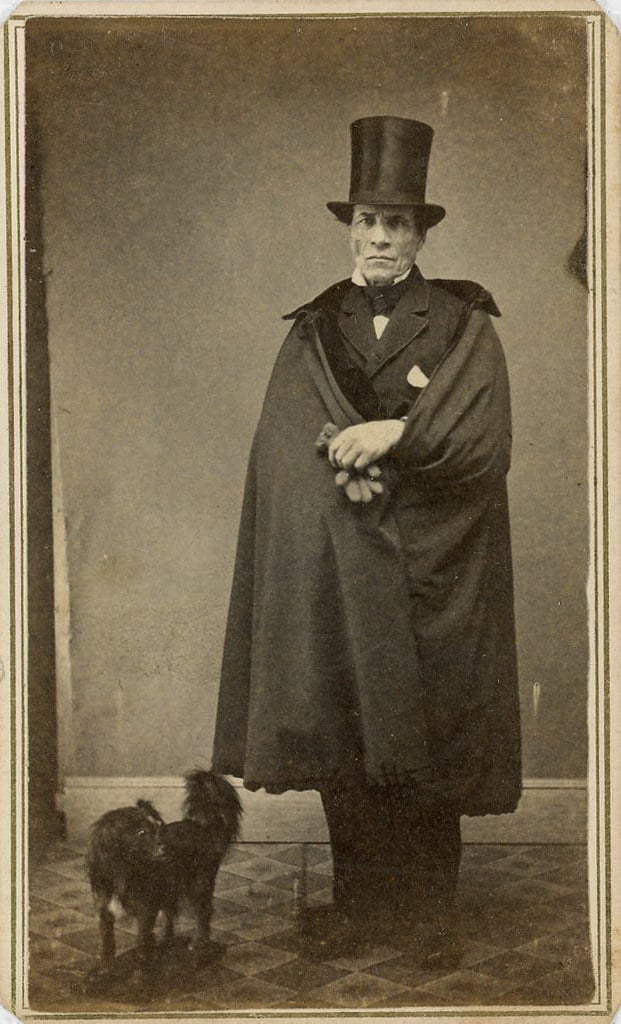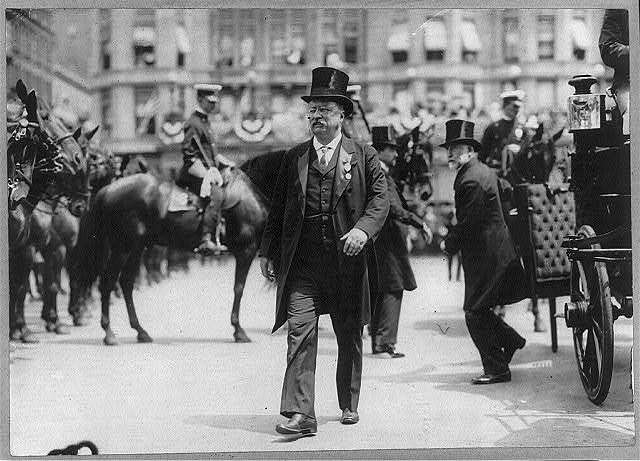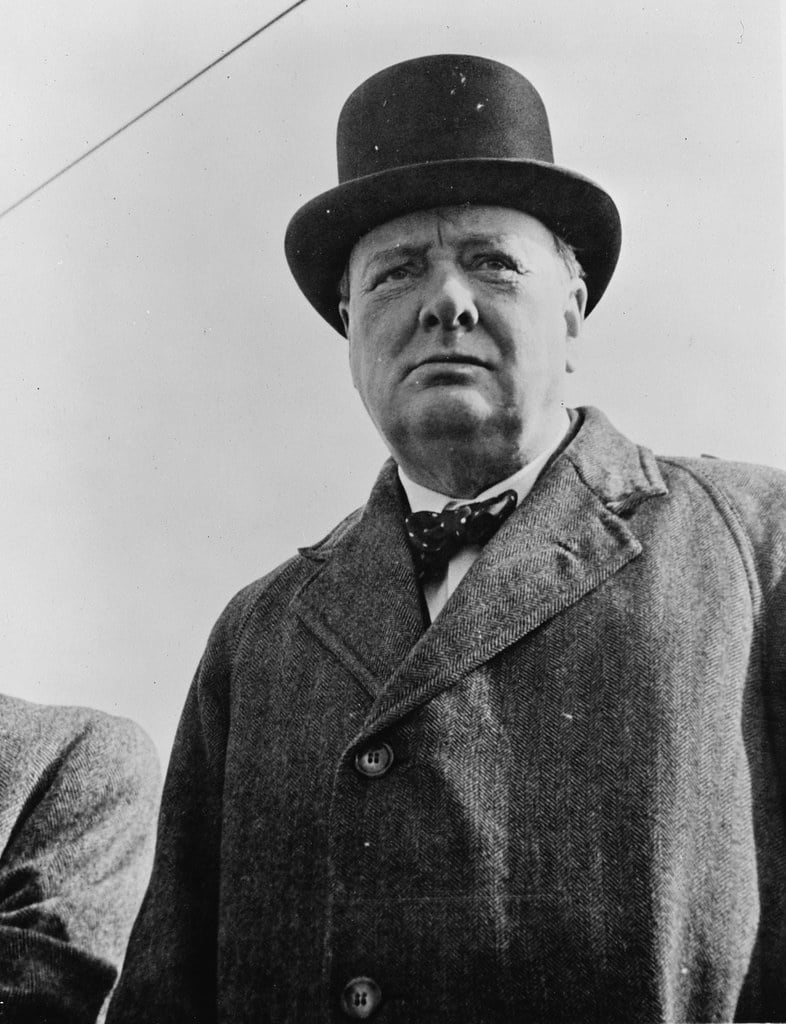The Rich History of the Top Hat

A Long History for a Hat Like No Other
Since its appearance in the mists of 18th century England, the top hat has impressed, given panache to its wearer, and has been a universal symbol of authority, wealth and prestige.
But do you know the history of the top hat? Let Henri Henri educate and entertain you with the long and fascinating history of this hat which, despite not being as common as before, refuses to fade from our imaginations and continues to symbolize poise, solemnity, and opulence.
Between Fact and Fiction: The Origins of the Top Hat
A popular legend has it that the first top hat, made of silk, was created by English haberdasher John Hetherington in 1797. This tall, lustrous hat, daring for its time, caused such a scandal that many women fainted at the sight of it, and Hetherington was arrested for dressing indecently.

This colorful and memorable anecdote seems to suggest that the top hat came straight from the head of a reckless and inventive creator, yet it ignores the ancestor of the top hat, which you may already know of: the capotain, or Puritan hat, whose origins date back to the 1590s in England.
The Puritans were a branch of the Protestant denomination, who aimed to purge the Anglican Church of remnants of Roman Catholic influence. They were also important in the colonization of the United States, forming the colony of Plymouth in 1620.
The capotain hat is tall and cylindrical, with a slight conical shape called “sugar loaf”. It gradually gave way to the tricorn hat, which dominated European wardrobes until the end of the 18th century.
Late 18th Century: The First Top Hats
The very first historically verifiable top hat can be attributed to George Dunnage, a Middlesex hatter, who created the first top hat you and I would recognize in 1793.
At the time, top hats featured a very curved, hourglass shape, being narrower at the center of the cylinder than at the base and top. They are quickly adopted for their exquisite craftsmanship and the panache they give their wearers. They quickly became the perfect gentleman's hat of choice, and were adopted by all social classes in a form or another. They are made of beaver fur felt or silk for the wealthier, and of stiffened wool felt for the lower classes.

The 1850s : The Golden Age of the Top Hat
During the 1850s, top hats reached new heights! This is the time when the stovepipe hat appeared, a top hat that could reach up to 20 cm high! It is the hat with which we associate the President Abraham Lincoln, who appreciated the stovepipe for its voluminous crown in which he could store his speeches and notes, without cluttering his pockets.

Top hats have now become a staple of any event that takes on the slightest bit of formality. At this time, gentlemen are expected to arrive at the ball, theater or opera wearing a cape and top hat, but to take it off once inside. Also, space is quickly running out in the locker rooms!
It was French hatter Antoine Gibus who, around 1840, invented a device that revolutionized the world of hats: the chapeau claque, or opera hat. This collapsible top hat is mounted on a metal structure with springs that allows you to fold your hat, in order to store it easily under the seat, in the locker room or in your luggage.
Late 19th Century : The Beginning of the End?
The popularity of the top hat reached its peak towards the end of the 19th century. It takes on more reasonable proportions, stabilizing around 12 cm to 15 cm in height. All gentlemen are still expected to wear a top hat at formal and/or important events.
The First World War shook the old world and changed it forever. Society, industry, and fashion are transforming and adopting new paradigms. We see the gradual appearance of bowler hats and softer felt hats, and the top hat is losing popularity, especially among the working classes, who tend to wear caps more frequently. It was also at this time that the first fedoras appeared, which would dominate men's fashion for the century to come.


After World War II, the top hat virtually disappeared from public life. Between the democratization of the automobile, too cramped to accommodate the top hat, and the popularity of the fedora hat, only magistrates, diplomats, nobles and the wealthy continued to wear the top hat for very formal and codified events. John Fitzgerald Kennedy was the last U.S. President to wear a top hat during his inauguration.
Even today, the top hat remains a strong symbol of prosperity, authority and reverence. It is still present at prestigious events such as the Ascott horse race and the Kentucky Derby, it is embraced with open arms by Steampunk fans, and exudes a presence that is the visual signature of artists such as Slash and T-Pain. It is also still and always a typical accessory of the magician, a profession which was codified during the 19th century.




